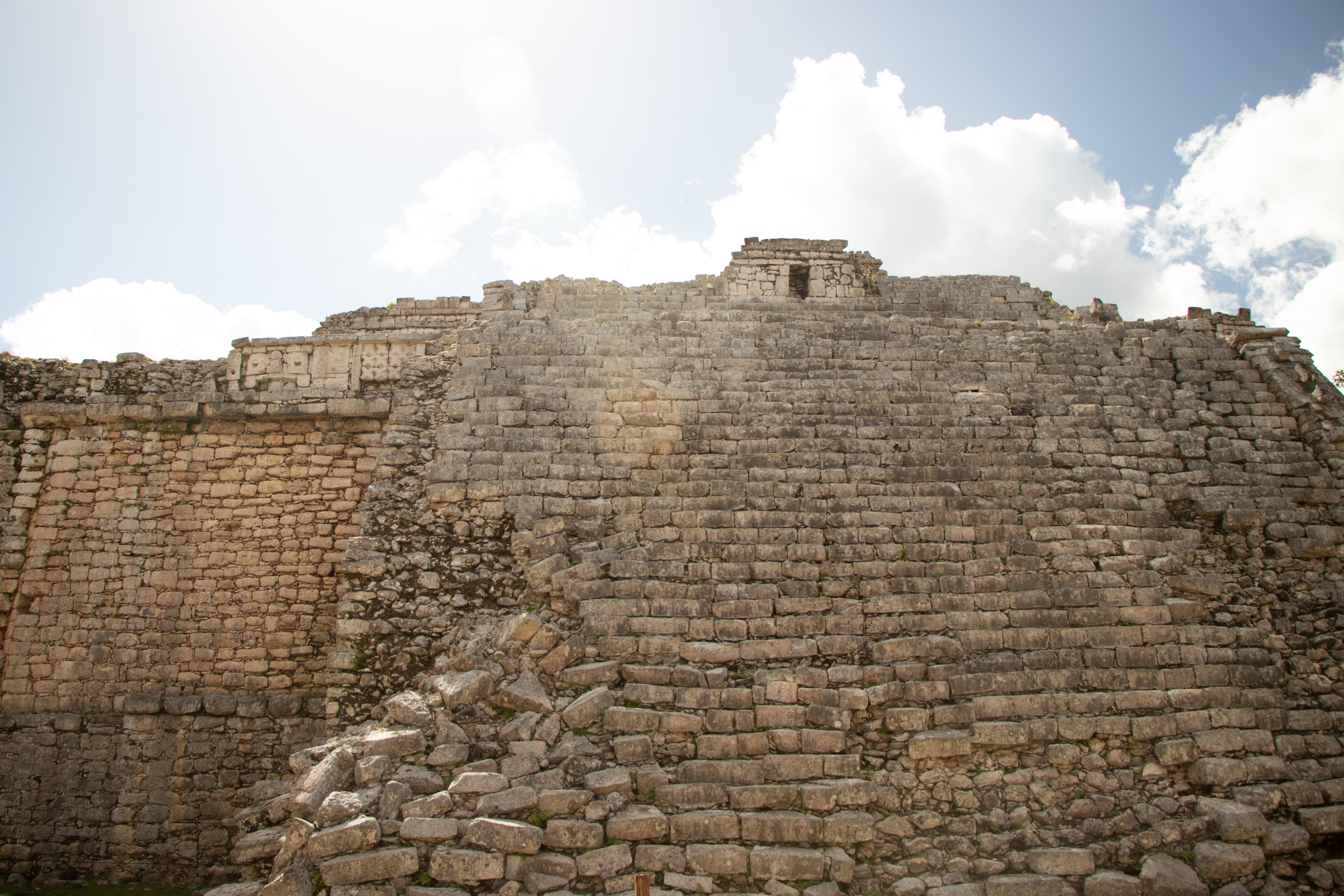New discoveries amaze everyone at Chichen Itza, as this means the archaeological site might be expanding for visitors. Archaeologists have revealed a group of structures discovered at the famed Mayan Chichen Itza archaeological site in Mexico’s Yucatan peninsula, believed to have been part of a housing complex inhabited by the elite of the sacred city founded in the 5th Century AD. Research has called this discovery “the first residential group where a ruler lived with his entire family.”

The newly discovered complex includes the entrance arch, the House of the Snails, the House of the Moon, and the so-called Palace of the Phalluses. These buildings have come together as part of Chichen Viejo.
During the same discovery, archaeologists from the National Institute of Anthropology and History (INAH) of Mexico have also discovered a Mayan tomb in the famous archaeological site of Chichen Itza, in the Mexican peninsula of Yucatan, which would corresponds to a character of the elite of the sacred city founded in the fifth century AD.
The discovery of what turned out to be burnt human bones, allowed researchers to learn that in fact, the bones probably corresponded to the personage that resided in this initial headquarters group. The archaeologists then recovered five jaws, as part of the 13 complexes investigation that is around the ceremonial center of the archaeological zone of Chichén Itzá.
Other artifacts were also found, such as jade necklaces, spear points, vessels, and other clay objects that belonged to the Chichen Viejo area. These artifacts are now in safe keeping in a conservation area, where they will be investigated more, thanks to the Program of Improvement of Archaeological Zones.

Archaeologist Francisco Pérez Ruiz stressed to Reuters that there are no known residential groups in Chichén Itzá, which means that the housing complex would represent "the first residential group where a ruler lived with his entire family".
The recently discovered complex includes the entrance arch, la Casa de los Caracoles, la Casa de la Luna, and the so-called Palace of the Phalluses.
Researchers from the National Institute of Anthropology and History (INAH) hope that this area and those yet to be discovered can provide information on what life was like for the people who inhabited the city.
Researchers agreed that there must be more residential groups that have not yet been explored. Considering the area has been under investigation since 1998. There’s plenty of work still to be done, work that will allow researchers to learn more about other families, groups, and the society that built up this magnificent Mayan City.
Around 435 - 600 AD, a Mayan group originating from Campeche or Tabasco named the Itzaes founded the first settlements in the city. It was at the beginning of the 13th century that the Itzá power lost possession after almost one hundred years by the rulers of Mayapán. The itzáes were defeated and the rulers of Mayapán maintained power in the area until 1441, the year in which they were defeated by a confederation of cities.
No one is sure why Chichen Itza was then abandoned for another hundred years. It wasn’t until 900 AD that the Toltecs came upon the Mayan city and settled. The Toltecs came from up north, ruled by their king Topiltzin. Topiltzin was also known as the “Feather Serpent” or Quetzalcoatl, also seen as a god. Years later, Chichen Itzá still made itself known despite being abandoned. The Mayan city remained a sacred place for generations until this day.

In Ancient Chichén, the area near the Sacred Cenote, there are buildings of typical Mayan architecture, without any mixture of foreign influences, such as the temples of the Four Lintels, the Three Lintels, and the Lintel.
Las Monjas is a series de overlapping structures that belong to the area usually designated as Chichén Nueva, but its characters date back to the ancient flourishing stage of the city.
Visualized from the Caracol the modern city, they stand out in the panorama the great pyramid of the Castle, the groups in the quadrangle of the Patio of the Thousand Columns, the arrogant Temple of the Warriors (that encloses in its interior the Temple of Chac Mool), the group of structures of the great Game of Ball, and other smaller constructions like the Temple of the Tables, the called Osario or Tomb of the High Priest, the Mausoleum and the Temple of the eagles.